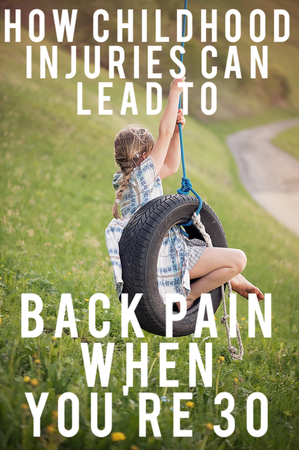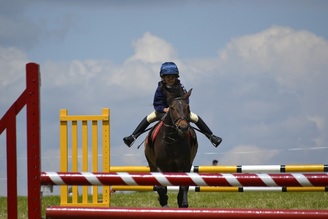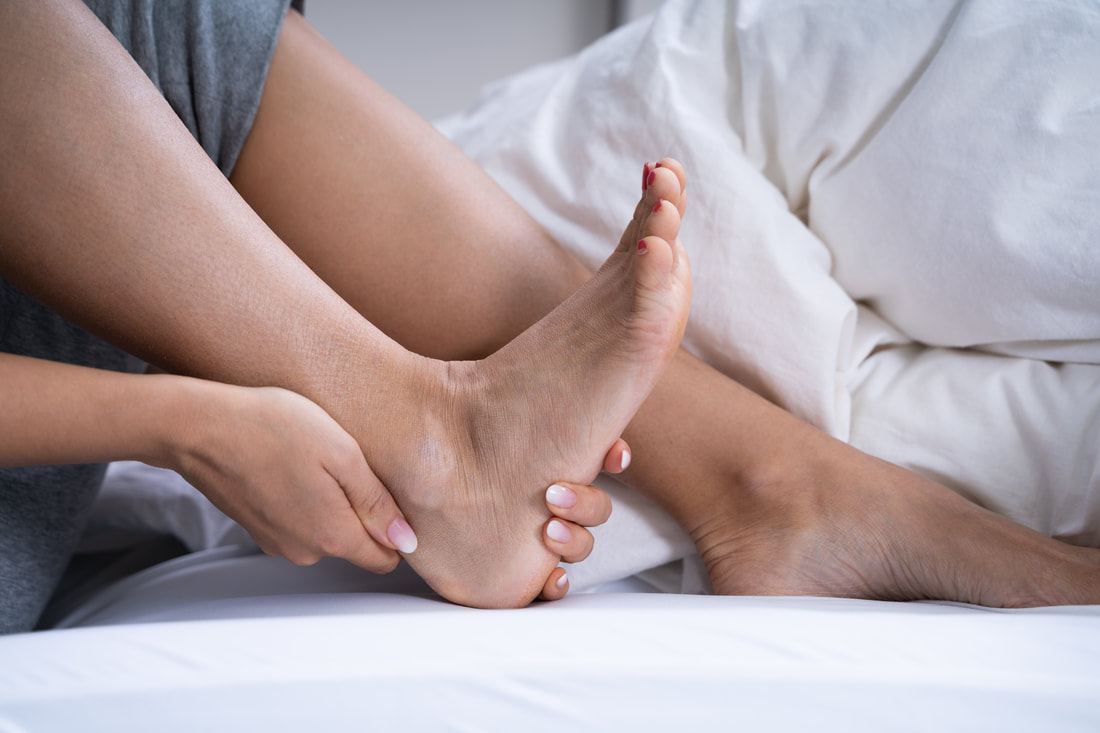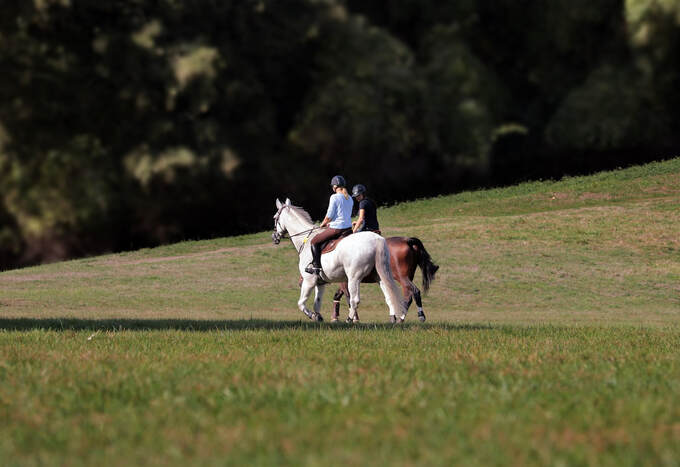If your shoulder and back muscles are having to work hard to keep you upright in the saddle, something is wrong.
This often leads to intense aching in the mid-back, shoulders and low back.  Many of us will have our first episode of low back pain between the ages of 30-50 years. This is great testament to how adaptive and resilient the human body is. To understand why someone has pain I look back with them through their childhood injuries, even birth, particularly if it involved forceps or vontoux. Think back to when you were 0-10 years old and count up the physical incidents that happened to you. The likelihood is that if you're spine and posture has deteriorated over the years, old injuries are partly to blame. Which injuries are most significant for later? Our skull, face and spine are the most important bones because they protect our brain and brain stem. For the brain to 'run the show' perfectly our skull and face ought to be properly formed and symmetrical with the spine and pelvis well aligned and in perfect balance. So it stands to reason that any physical injury that disturbs the balance in such a way that the body cannot self-correct will cause a problem. Bangs on the head and face, a fall from a height (trees, horses etc) onto the back or coccyx (tailbone). Whiplash injuries, collisions with other children playing games. Incidentally my Dad has a noticeable crinkle on his cheek bone, I know it as a familiar feature of his face. He recently told me that it happened when he collided with another boy's head when he was 12 years old. Luckily it wasn't fractured but if you look at him even now that whole part of his upper face is lower on that side. You could say it's a coincidence, however the more people you talk to about the knocks they've had the more it adds up with the deviation they have in their facial symmetry. No one's face is straight by the way! Children tend to bounce back from tumbles.  Youngsters take tumbles and clonk themselves daily, you hold your breath waiting for them to scream only to be surprised when they get up and run off again! We take it for granted that they seem to 'bounce' without hurting themselves. If an adult fell in the same way I wonder what pain they would be in, or if an elderly person with stiff joints fell, they would probably break some bones! Bodies become twisted up with a lifetime's accumulation of old injuries, this means that muscles will be pulling on the twisted bones and joints. When a bone is knocked out of place in a direction that the body cannot self-correct other bones of the skeleton have to compensate throughout the entire body for the abnormal biomechanics. This compensation happens very quickly and the process goes on for years before you become aware something is wrong. It's something we are totally unaware of in the beginning. It is only when the body has used up it's ability to twist and adapt that you start to notice it as discomfort, pain or another symptom. Hence the 30 year old with their first episode of insidious (no specific cause) back pain. Joints eventually become painful and stiff and develop arthritis. Can you spot it before the pain comes on? Yes absolutely you can! Even without having a consultation with an ABC (Advanced Biostructural Correction) practitioner you can do a simple check yourself. Take a look at your posture for the following in a full length mirror...
Our joints were designed to line up in a specific way and take the weight of the body evenly left and right. It stands to reason that alteration in this arrangement will cause some joints to wear out more quickly than others. A good example is if you know anyone who has had a knee or hip replacement? One side is usually in a worse state than the other, yet they're the same age...aren't they? What old injuries have forced your body to go 'wonky', do your joints have a good range of movement? Do they line up differently? Is your breathing shallow or restricted and feel like you ought to be able to get more air in? All of these observations about your posture tell me that you can greatly benefit from what I have to offer. If you would like to find out more get in touch, and we will discuss how well I can help you. |
AuthorSarah Bedford Recent PostsCategories
All
|



 RSS Feed
RSS Feed


